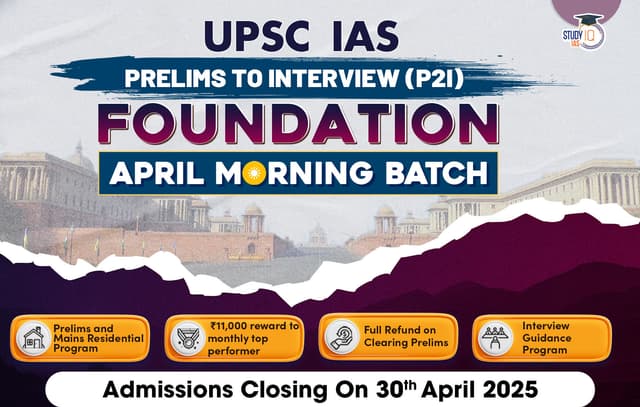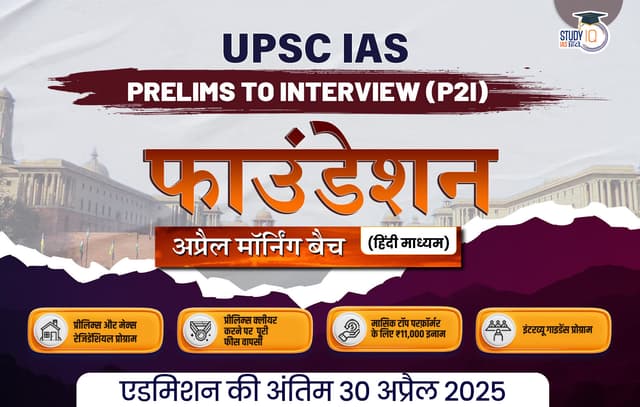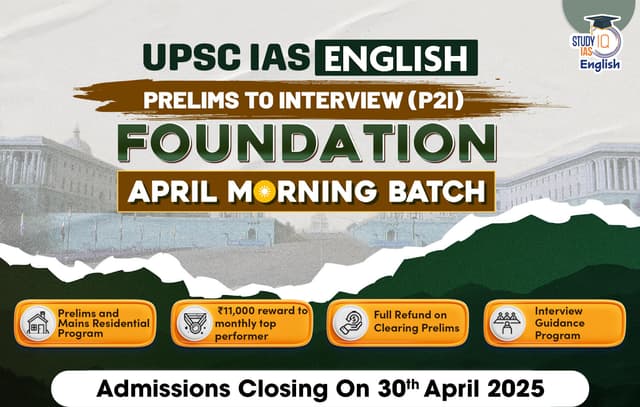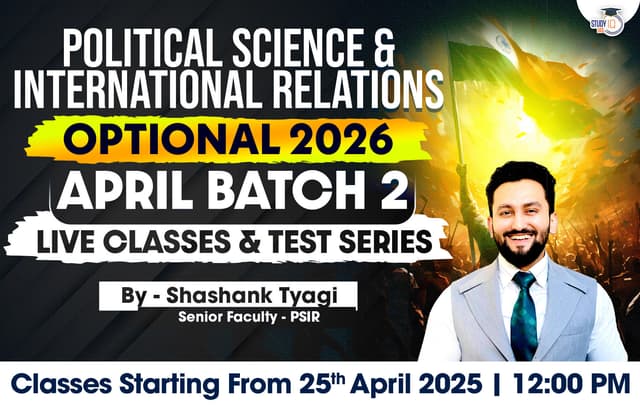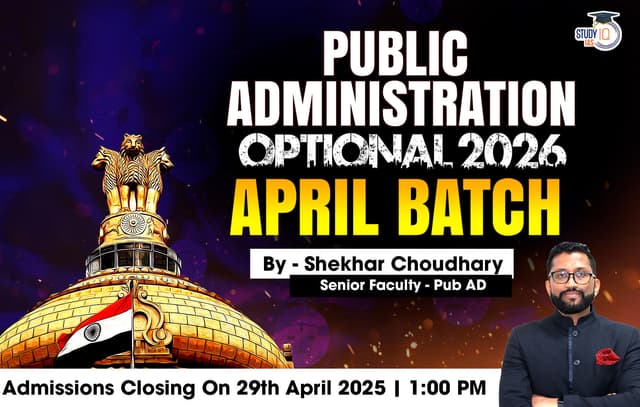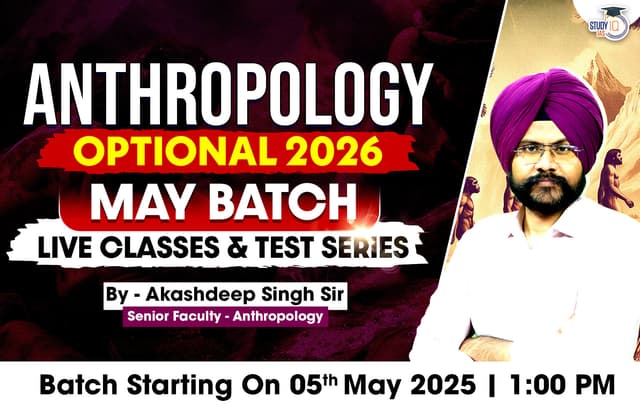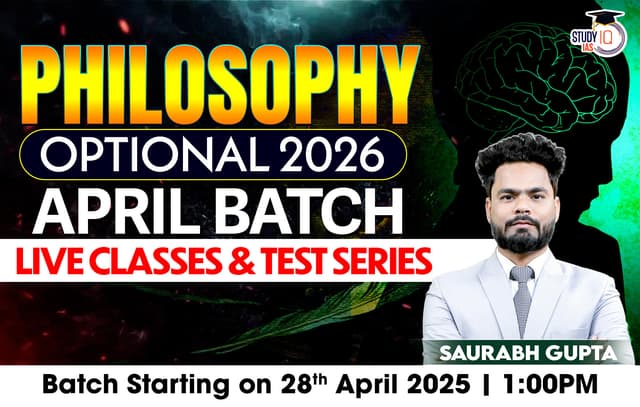Table of Contents
Context: There is a renewed push by the Election Commission of India to link Aadhaar with Voter ID. Some believe that this move endangers the individual right to vote.
Benefits of Linking Aadhaar with Voter ID
The Government of India has introduced a mechanism of Linking Aadhaar with Voter ID cards (also known as EPIC – Electors Photo Identity Card), primarily to improve the accuracy of electoral rolls and reduce duplication of voter records.
- Elimination of Duplicate Voter IDs: Migration or address changes often lead to duplicate voter registrations. Linking can identify and eliminate such duplicates.
- This was experimented with biometric data collection in Goa, but was discontinued when Aadhaar was introduced.
- Curbing Proxy Voting: Aadhaar’s authentication can prevent impersonation during voting.
- Transparency in Electoral Rolls: Ensures that one person has only one voter ID.
- Helps identify errors or deliberate manipulation of rolls.
| Facts |
|
Why Linking Aadhaar with Voter ID Raises Concerns About Voting Rights
- Risk of Genuine Voters Being Removed: When Aadhaar is linked with voter IDs, mismatches or inaccuracies in the Aadhaar database can result in legitimate voters being wrongly removed from electoral rolls.
- Eg., During the 2015 National Electoral Roll Purification and Authentication Programme, around 55 lakh voters were dropped in Telangana and Andhra Pradesh.
- Threat to Privacy and Personal Autonomy: Aadhaar contains sensitive biometric data, and linking it to voter IDs could raise concerns about unauthorised access or misuse.
- Erosion of Voluntary Consent: Although claimed to be optional, the process leaves voters with little choice.
- Eg., Form 6B requires voters to either provide their Aadhaar number or declare they don’t have one.
- This coercive framing has resulted in the seeding of over 66 crore Aadhaar numbers by September 2023, often without informed consent.
- Eg., Form 6B requires voters to either provide their Aadhaar number or declare they don’t have one.
- Disproportionate Burden on Vulnerable Citizens: The requirement for physical appearance to justify Aadhaar non-submission affects those already on the margins.
- Eg., Elderly, disabled, migrant workers, and remote-area residents face difficulty attending in-person hearings before Electoral Officers, leading to potential disenfranchisement.
- Lack of Procedural Safeguards: There is no clear, accessible, or time-bound appeal process if a citizen’s justification is rejected.
- Eg., In Lal Babu Hussein v. Electoral Registration Officer (1995), the Supreme Court emphasised that voter deletions must follow principles of natural justice and procedural fairness.
- Constitutional and Legal Inconsistencies: Aadhaar was never meant to verify citizenship.
- Eg., Section 9 of the Aadhaar Act, 2016 explicitly states Aadhaar is not proof of citizenship.
- Even non-citizens can obtain Aadhaar by residing in India for 182 days. The UIDAI and multiple High Courts have affirmed this.
- Eg., Section 9 of the Aadhaar Act, 2016 explicitly states Aadhaar is not proof of citizenship.
- Data Privacy and Surveillance Risks: Linking Aadhaar opens the door to voter profiling and surveillance.
- Eg., The Digital Personal Data Protection Act, 2023 allows broad exemptions for government entities.
- With Aadhaar linkage, voter data can potentially be cross-referenced and misused for political targeting or manipulation.
- Eg., The Digital Personal Data Protection Act, 2023 allows broad exemptions for government entities.
- Concerns Around Aadhaar Database Integrity: The Aadhaar system itself suffers from significant errors.
- Eg., The 2022 CAG report highlighted that 4.75 lakh Aadhaar numbers were cancelled due to duplication and biometric errors, calling into question the reliability of Aadhaar for electoral verification.
Suggested Path Forward
- Strengthen Traditional Verification Practices: Rather than depending solely on Aadhaar, the Election Commission can reinforce manual verification through local-level mechanisms.
- g., In-person checks and door-to-door verification by Booth Level Officers (BLOs) are proven, inclusive methods to keep electoral rolls accurate without risking mass exclusions.
- Ensure Transparency Through Independent Oversight: Setting up independent audits and social monitoring mechanisms can help build public trust and prevent arbitrary deletions.
- Eg., establishing accessible grievance redressal forums and allowing civil society participation can act as a check against politically motivated manipulation of voter lists.
Conclusion
The Aadhaar-voter ID linkage, while projected as a cleanup exercise, carries serious implications for the health of Indian democracy. It risks excluding genuine voters, violates privacy principles, and undermines the independence of electoral processes. A citizen’s right to vote must remain free from technological compulsion and rooted in constitutional protections, not in administrative convenience.

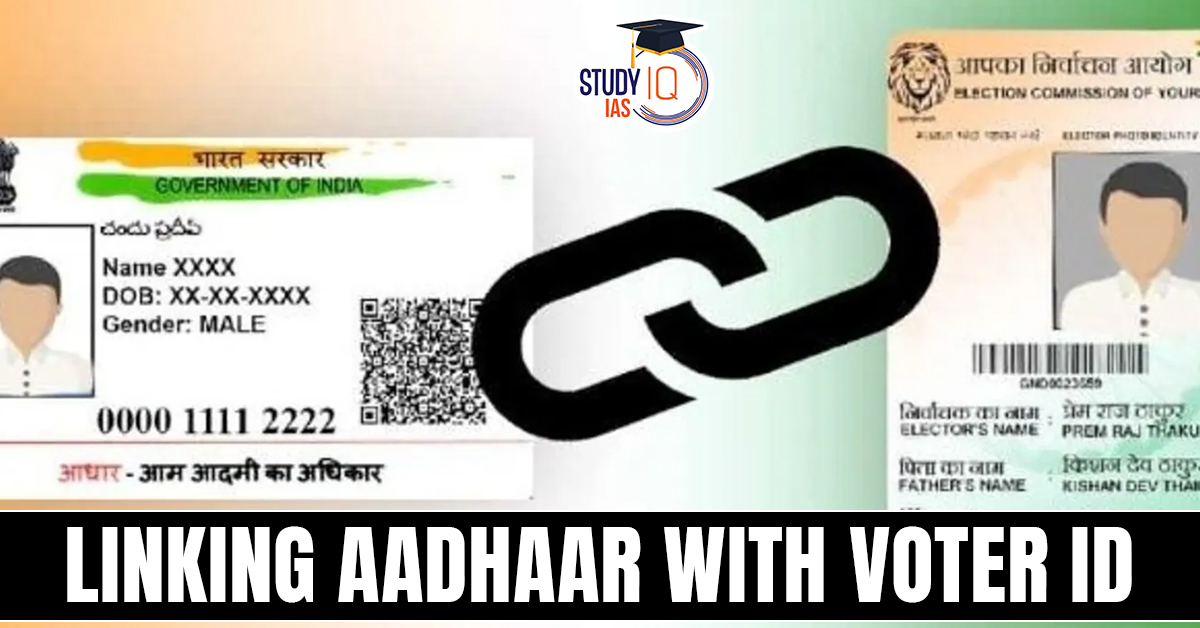
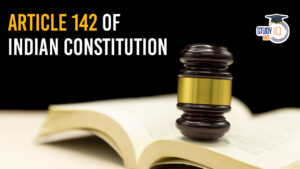 Article 142 of Indian Constitution, Sign...
Article 142 of Indian Constitution, Sign...
 Pakistan-Occupied Kashmir (PoK): History...
Pakistan-Occupied Kashmir (PoK): History...
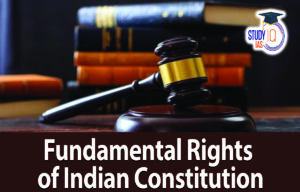 Fundamental Rights of Indian Constitutio...
Fundamental Rights of Indian Constitutio...

